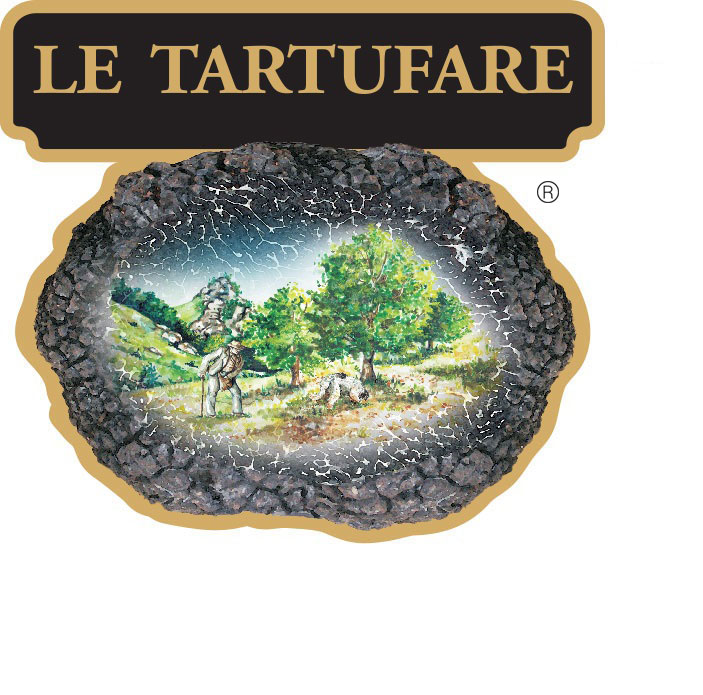Cholesterol, a ceraceous material discovered in our bodies, plays a critical function in various bodily functions. However, high degrees of cholesterol can posture a risk to our health and wellness, leading to conditions such as heart disease and stroke. While genes and way of living factors contribute to high cholesterol levels, our diet plan plays a significant function also. In this short article, we will certainly discover the foods that can trigger high cholesterol and exactly how you can make enlightened choices to maintain a healthy and balanced cholesterol degree.
Comprehending Cholesterol and its Types
Before diving right into the foods that add to high cholesterol, it is essential to recognize the various kinds of cholesterol and their impact on our health and wellness.
1. LDL (Low-Density Lipoprotein) Cholesterol: Often referred to as “negative” cholesterol, LDL cholesterol is responsible for transporting cholesterol from the liver to the cells. High levels of LDL cholesterol add to the buildup of plaque in the arteries, restricting blood circulation and enhancing the risk of cardiovascular diseases.
2. HDL (High-Density Lipoprotein) Cholesterol: HDL cholesterol, commonly described as “good” cholesterol, plays a safety duty by getting rid of excess cholesterol from the bloodstream and delivering it to the liver for removal.
Now, allow’s explore the foods that can create an increase in LDL cholesterol levels.
- 1. Saturated Fats:
Foods high in saturated fats can boost the levels of LDL cholesterol in the blood stream. These consist of:
- Red meat (beef, lamb, pork)
- Processed meats (sausages, bacon, hotdogs)
- Full-fat dairy products (butter, cheese, whole milk)
- Palm oil and coconut oil
To keep a healthy and balanced cholesterol level, it is a good idea to consume these foods in moderation or opt for healthier tonerin inhaltsstoffe choices.
- 2. Trans Fats:
Trans fats are artificial fats created through a process called hydrogenation. These fats not just increase LDL cholesterol degrees yet likewise lower the levels of HDL cholesterol. Foods high in trans fats include:
- Deep-fried foods (French fries, fried chicken)
- Processed snacks (chips, crackers)
- Readily baked products (cookies, pastries)
- Margarine
Selecting trans fat-free alternatives and consuming homemade dishes can help reduce the consumption of these harmful fats.
The Function of Dietary Cholesterol
Contrary to popular belief, nutritional cholesterol has a very little influence on blood cholesterol degrees for the majority of individuals. Nonetheless, some people, referred to as hyper-responders, may experience a boost in LDL cholesterol degrees artrolux cream composicion when eating foods high in cholesterol.
Foods that are high in cholesterol include:
- Egg yolks
- Organ meats (liver, kidney)
- Shellfish (shrimp, lobster, crab)
If you are among the hyper-responders, it is a good idea to restrict the consumption of these foods or speak with a health care specialist for individualized support.
The Effect of Unsaturated Fats
While saturated and trans fats can adversely influence cholesterol degrees, unsaturated fats have the contrary effect. They can assist lower LDL cholesterol degrees and boost HDL cholesterol degrees.
Foods abundant in unsaturated fats include:
- Avocados
- Nuts and seeds
- Fatty fish (salmon, mackerel, sardines)
- Plant-based oils (olive oil, canola oil)
Integrating these healthy and balanced fats into your diet can add to maintaining a healthy cholesterol balance.
Eating Patterns and Cholesterol
It’s not simply individual foods that contribute to high cholesterol; our overall eating patterns and routines play a considerable function too.
1. Too Much Calorie Intake: Taking in an excessive amount of calories can result in weight gain and obesity, enhancing the risk of high cholesterol degrees. This is especially true if the calories are originated from foods high in saturated and trans fats.
2. Absence of Fiber: A diet plan reduced in dietary fiber can add to high cholesterol levels. Fiber helps reduce the absorption of cholesterol in the blood stream. Consisting of fiber-rich foods such as whole grains, fruits, and vegetables can help maintain healthy and balanced cholesterol levels.
3. Alcohol Intake: While moderate alcohol intake might have some cardiovascular benefits, too much alcohol consumption can boost cholesterol levels. It is a good idea to eat alcohol in moderation or avoid it completely if you have high cholesterol.
4. Well Balanced Diet Regimen: Adopting a balanced diet plan that consists of a variety of nutrient-dense foods can add to total heart health and maintain healthy cholesterol degrees. Include lean proteins, entire grains, fruits, vegetables, and healthy fats in your dishes.
To conclude, a diet high in saturated and trans fats can add to high cholesterol levels, specifically LDL cholesterol. Including unsaturated fats, taking in cholesterol-rich foods in small amounts, and adopting a balanced eating pattern can assist maintain healthy and balanced cholesterol levels. It is constantly suggested to consult a healthcare expert for tailored recommendations on managing cholesterol levels via diet regimen and lifestyle modifications.
